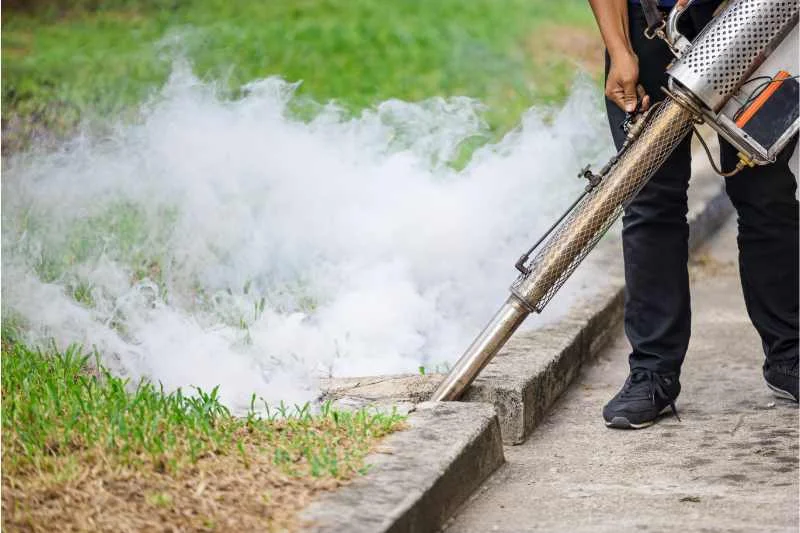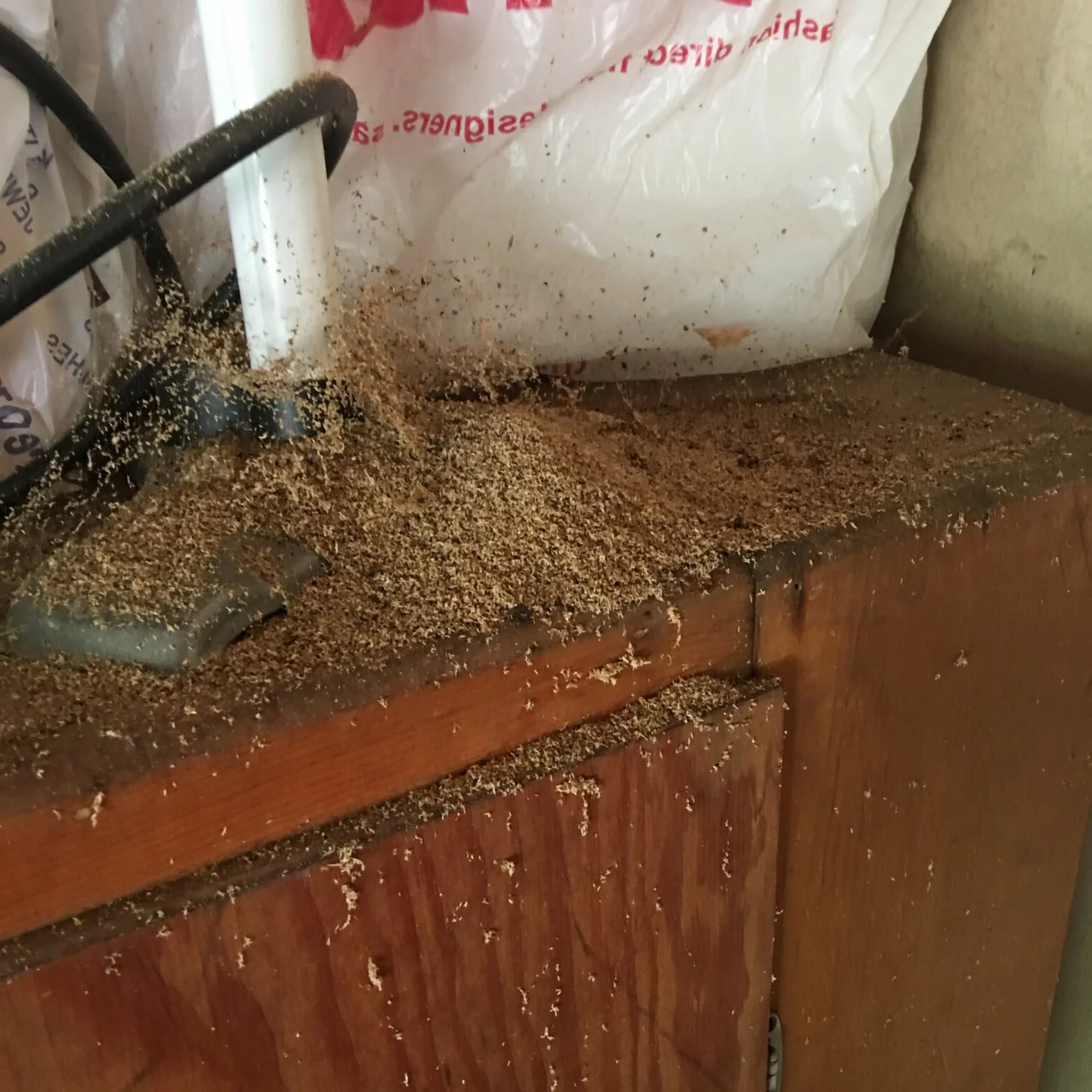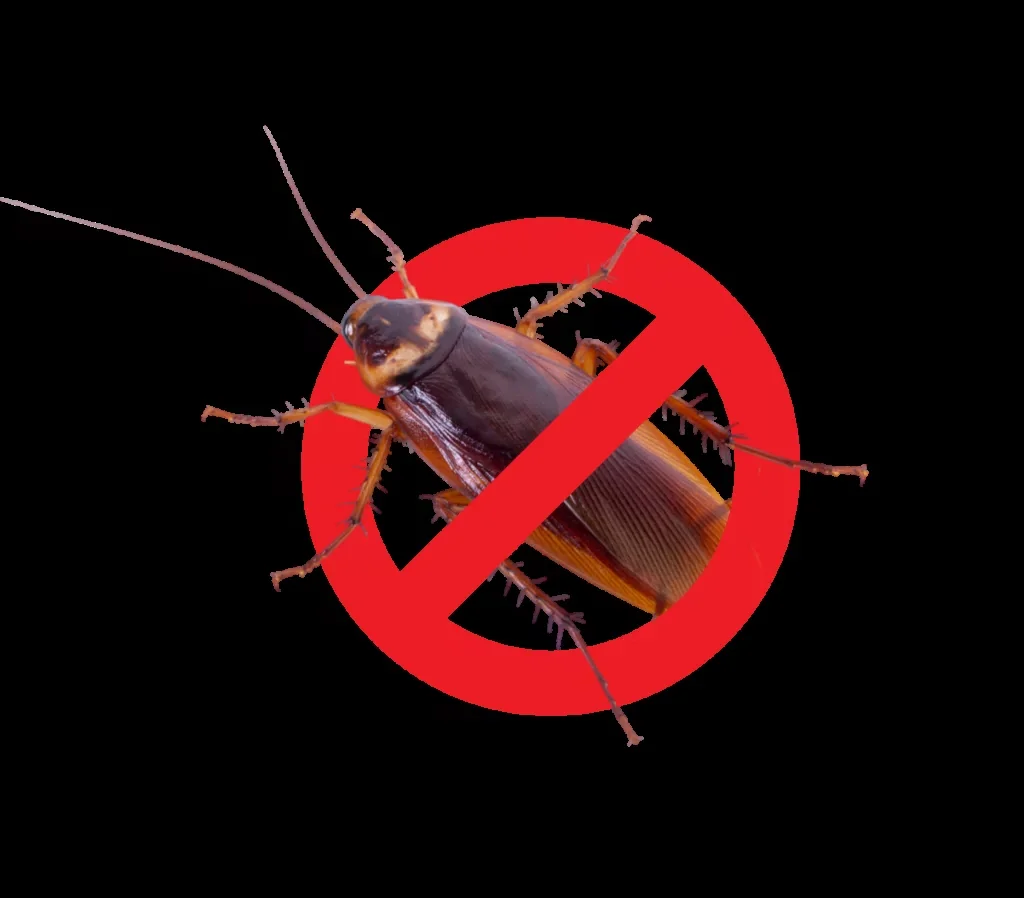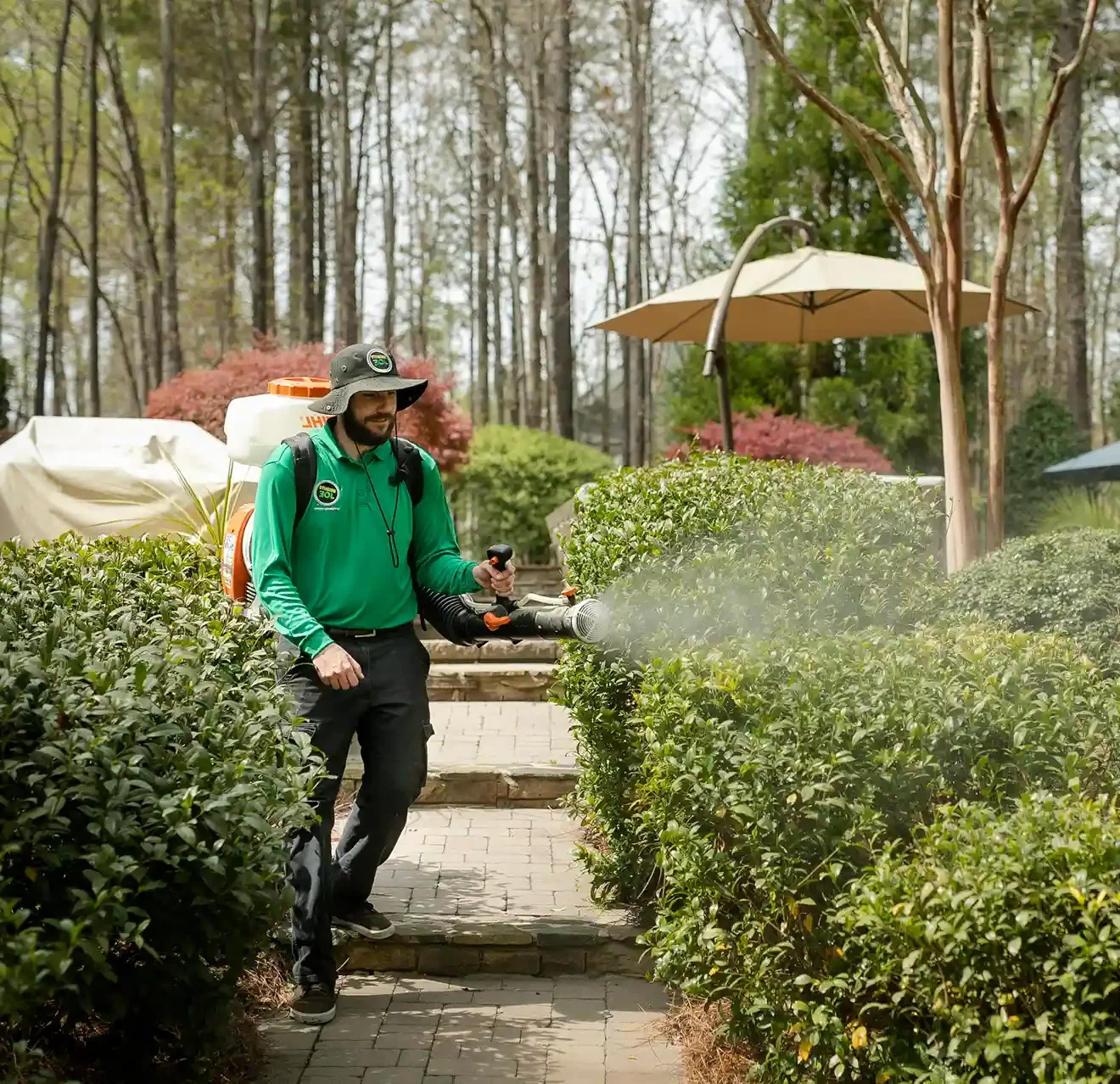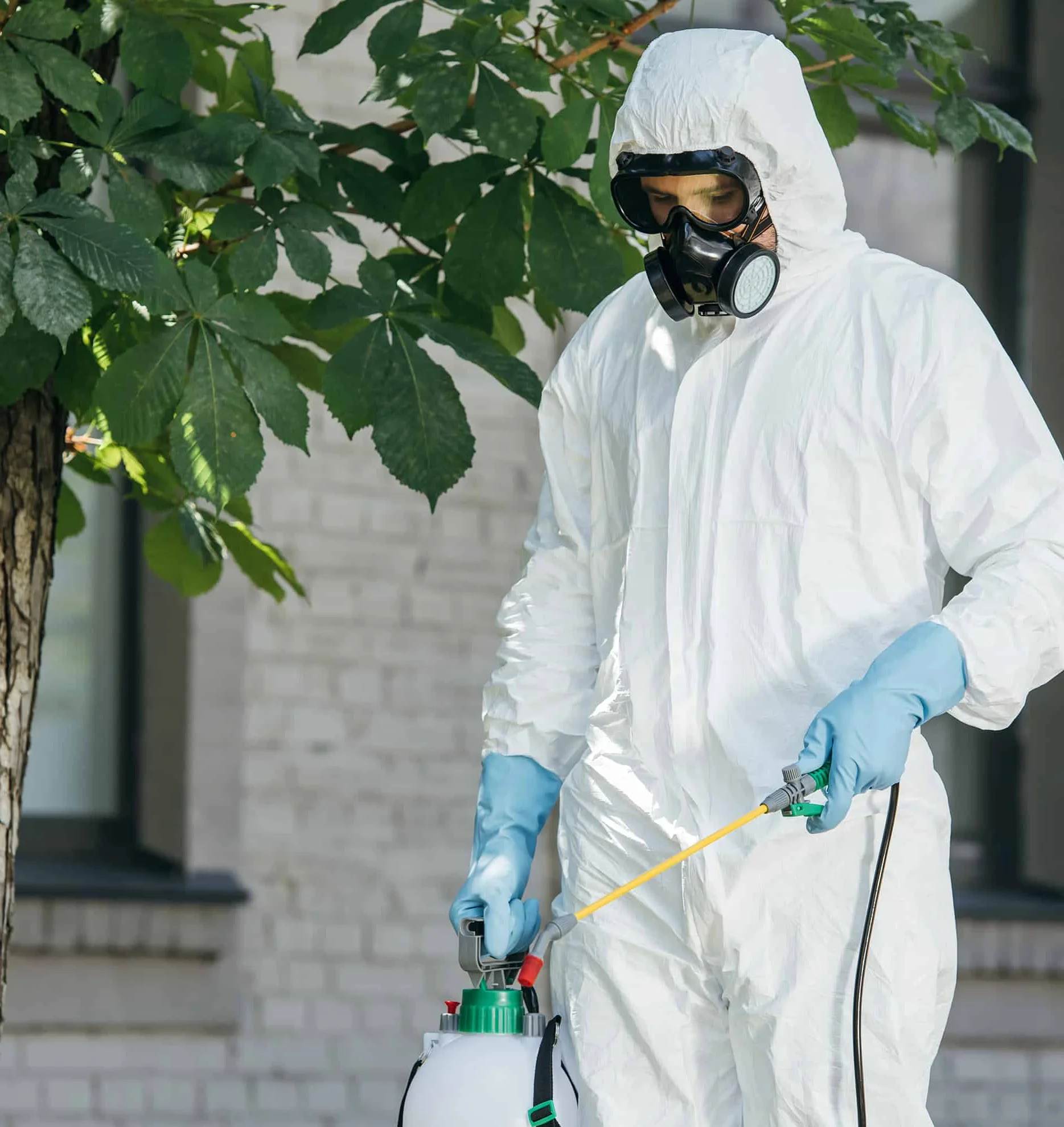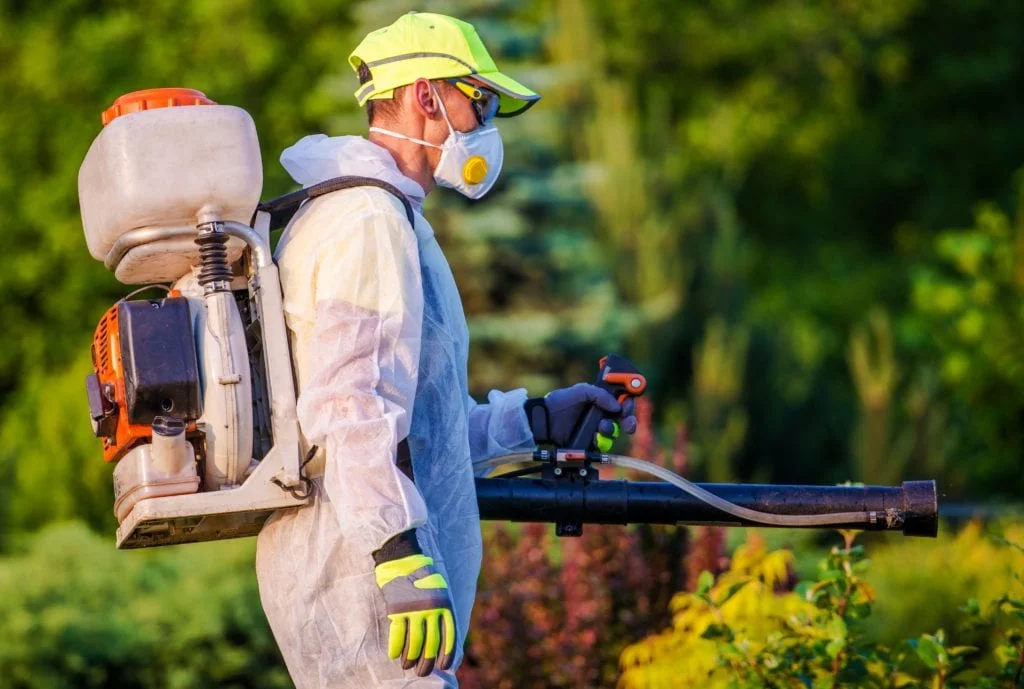North Carolina faces substantial termite pressure statewide, with particularly intense activity in eastern regions where high humidity and sandy soils create ideal conditions for these destructive pests. The eastern subterranean termite remains the most common species, while Formosan termites have established limited populations in southeastern coastal areas, bringing even more aggressive wood-destroying behavior. These relentless pests cause millions of dollars in structural damage annually throughout the state, silently consuming wooden components from the inside out while often remaining undetected until significant damage has occurred. The state's mild winters allow termite colonies to remain active year-round in many regions, particularly in the eastern half of the state where ground temperatures rarely drop low enough to significantly slow colony activity.
Effective termite management requires specialized expertise and equipment beyond standard pest control measures. Professional services combine thorough inspection identifying evidence of current activity or conditions conducive to future infestation, preventative treatments creating chemical barriers protecting structures from underground termite movement, and targeted elimination methods addressing active colonies discovered during inspection. For homes with existing damage, comprehensive management includes both colony elimination and recommendations for structural repairs preventing future vulnerability. Many North Carolina homeowners maintain ongoing termite protection programs with annual inspections, particularly important for coastal properties where higher humidity and sandy soils create enhanced termite pressure requiring continuous vigilance.


